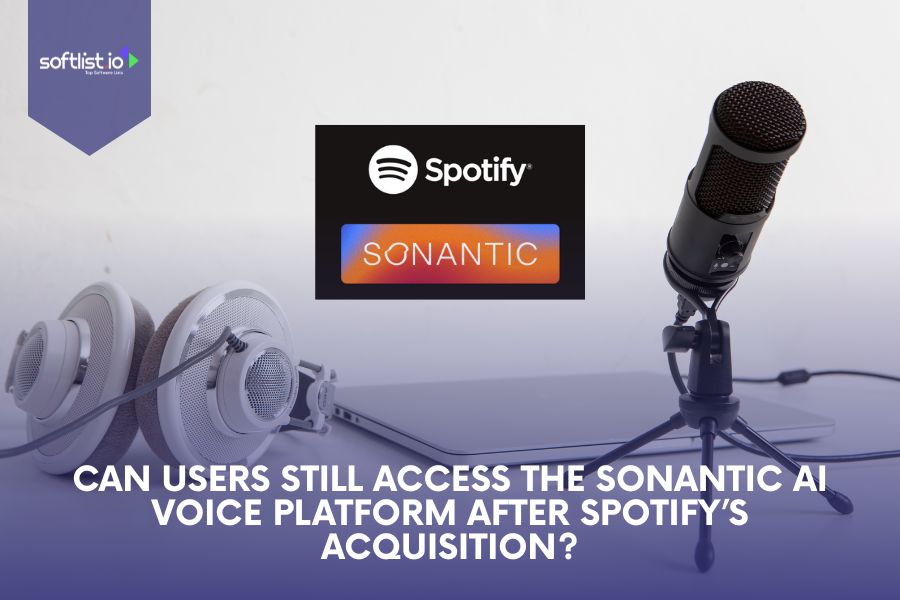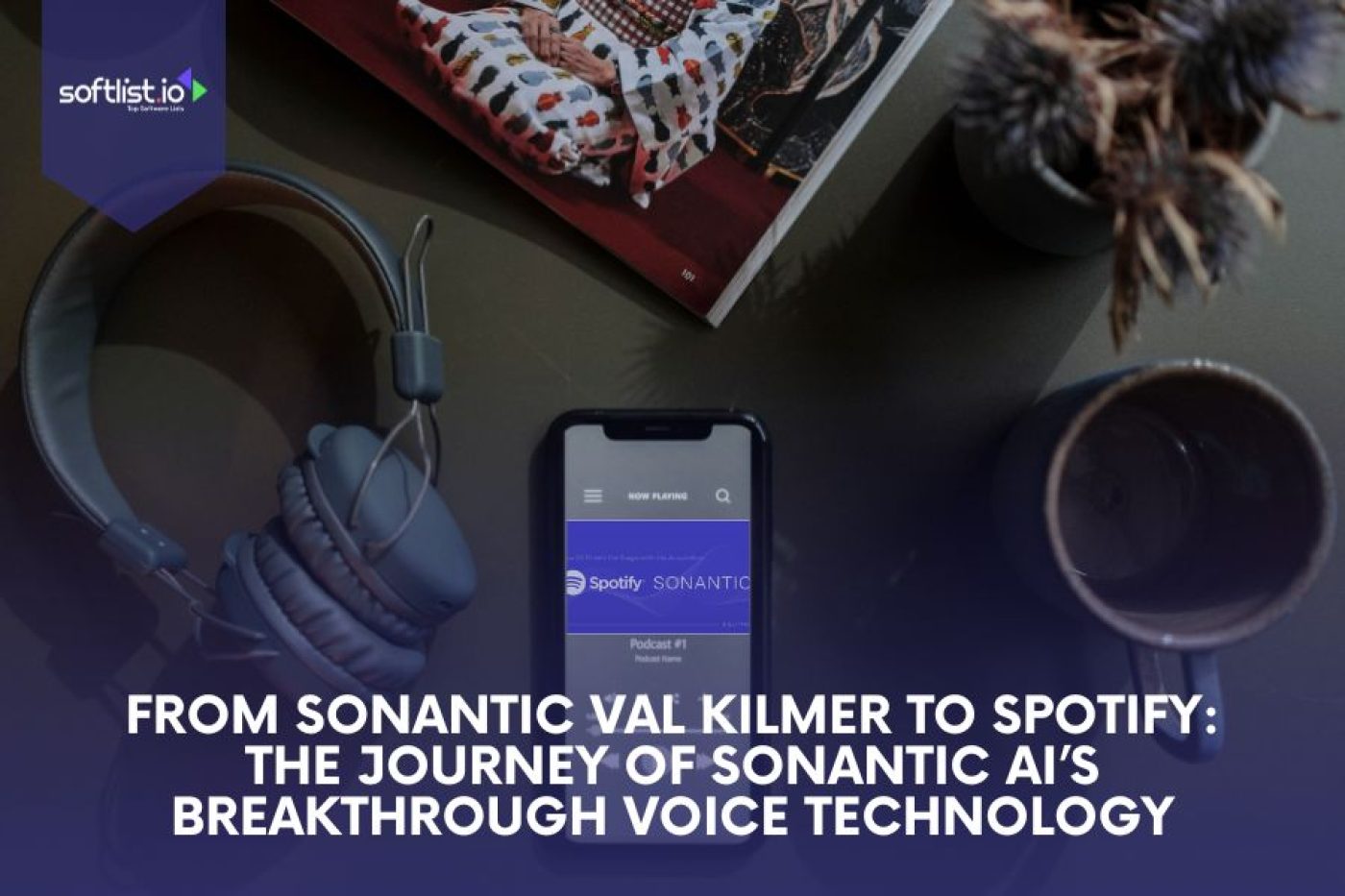The world of voice technology took a giant leap forward when Sonantic, an AI voice platform acclaimed for its hyper-realistic, expressive voice synthesis, joined forces with Spotify in June 2022. Famous for recreating Val Kilmer’s voice in Top Gun: Maverick, Sonantic quickly became a buzzword among creators, developers, and anyone fascinated by AI-powered audio. But following its acquisition, one question remains: Can public users still access the Sonantic AI voice platform and its signature voice generator tools? Or has the technology become an exclusive internal asset for Spotify’s own products and services?
This article dives deep into what’s happened to Sonantic’s public accessibility, how its technology is now used within Spotify, and what alternative platforms are available for those seeking advanced AI voice generation today.
Key Takeaways
- Sonantic AI voice platform is no longer publicly accessible following its acquisition by Spotify.
- Spotify now uses Sonantic’s advanced voice technology internally for features like AI DJ and personalized audio recommendations.
- There are several top alternatives, such as Lovo.ai, Murf.ai, Play.ht, WellSaid Labs, and BigVU, offering realistic AI voice generation.
- Businesses and creators seeking AI voice tools should explore these alternatives for high-quality, expressive voice overs.
- The integration of Sonantic into Spotify marks a broader industry shift toward exclusive, in-house use of cutting-edge AI voice technology.
The Legacy of Sonantic: From Hollywood to Spotify

Image source: Canva
Sonantic originally made headlines for developing AI-driven voices so natural and emotive that they could bring speech back to the voiceless. Their breakthrough moment arrived with the recreation of Val Kilmer’s voice for Top Gun: Maverick—a triumph that showcased just how far AI voice synthesis had come. The Sonantic AI voice platform rapidly became a go-to for filmmakers, game studios, and content creators needing authentic, emotionally resonant voice-overs.
Sonantic’s lifelike voices weren’t just about robotic narration. They delivered inflection, tone, personality, and subtlety—qualities long missing from earlier text-to-speech tools. Before the Spotify acquisition, users could sign up to the Sonantic AI website and experiment with its voice generator, offering text-to-speech tools and APIs for developers and studios. Sonantic set a new benchmark for what was possible with synthetic audio, blurring the line between human and machine.
The Spotify Acquisition: A Turning Point for Public Access
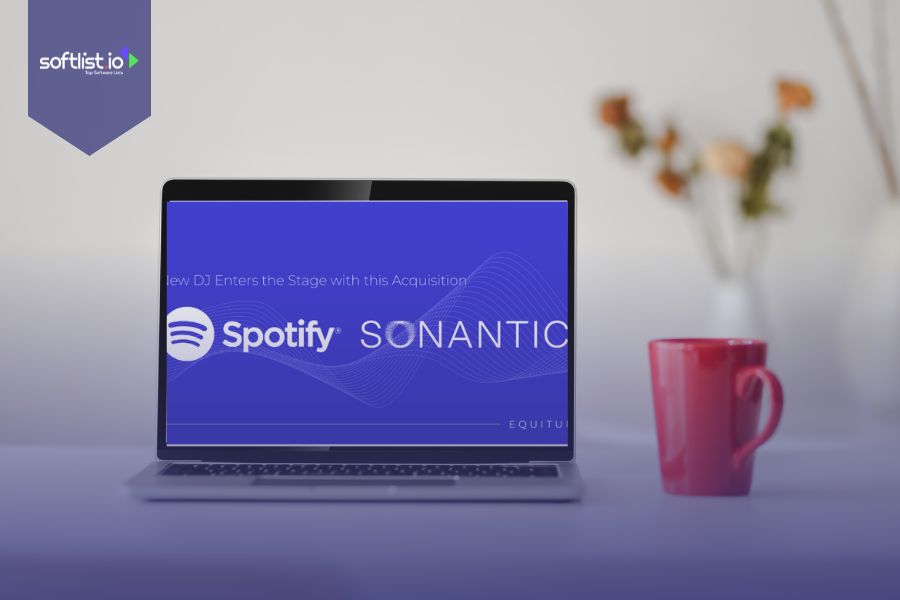
Image source: LinkedIn
In June 2022, Spotify made waves in the tech world by announcing the acquisition of Sonantic for a reported €93 million. Spotify’s interest was obvious: the company wanted to elevate its user experience and bring more personalized, interactive audio to its global audience. Sonantic’s voice technology was seen as a key to achieving that, powering everything from AI DJs to next-generation podcast narration and audio advertising.
Spotify’s official newsroom explained,
“We believe that Sonantic’s technology will allow us to create high‑quality experiences for our users by building on our existing technical capabilities.”—an integration now often referred to as Sonantic Spotify.
But what did this mean for everyday users and businesses that relied on Sonantic’s platform prior to the acquisition?
Is the Sonantic AI Voice Platform Still Publicly Accessible?
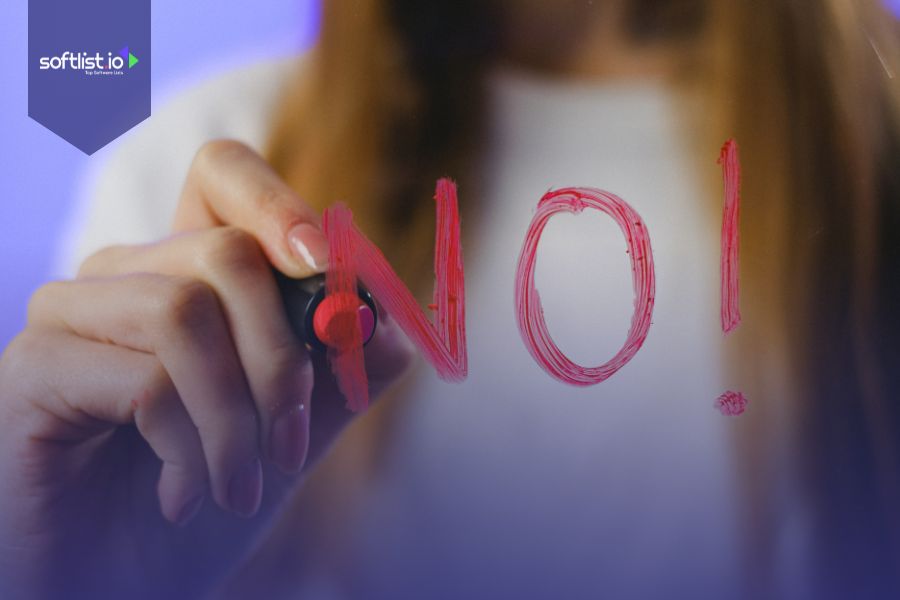
Image source: Canva
Short answer: No, the Sonantic AI voice platform is no longer publicly accessible as it once was.
After the acquisition, Spotify immediately began integrating Sonantic’s technology into its own ecosystem. The AI DJ feature is a prime example, using Sonantic’s voice synthesis to provide real-time, personalized commentary to millions of Spotify listeners. The same tech is enhancing recommendations, accessibility tools, and future podcast features within the Spotify app.
What about Sonantic as a standalone service?
There’s no clear evidence that new users or external businesses can access Sonantic’s original voice generator platform independently after the acquisition. Spotify’s public statements suggest that, while existing business contracts may have been honored temporarily, there have been no updates confirming ongoing public access for new users.
Spotify’s focus is now on exclusive, in-house application:
- The standalone Sonantic AI website is no longer active for new sign-ups.
- Sonantic’s tools are not being licensed to external developers or content creators.
- All innovation and access to Sonantic’s AI voices are now channeled through Spotify’s products and services.
How Spotify Uses Sonantic AI Voice Technology Today
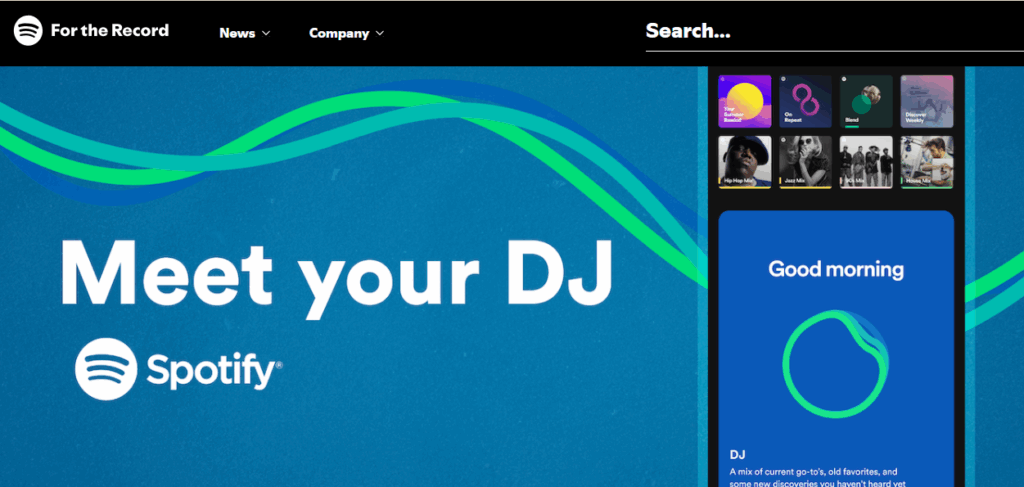
Image source: Newsroom Spotify
Spotify has been quick to leverage its new AI assets. Sonantic’s technology underpins several new features:
1. AI DJ & Personalized Commentary
Spotify’s AI DJ leverages Sonantic’s emotional, lifelike voice synthesis to deliver curated playlists and music recommendations in a dynamic, conversational style. This feature makes the listening experience feel more personal and engaging, as the AI DJ can speak directly to users, providing insights and music suggestions tailored to their tastes. It’s a significant step forward in making music streaming interactive and uniquely tailored for every listener.
2. Audio Accessibility
The ability to turn text content, such as podcast show notes, music lyrics, or episode descriptions, into natural, engaging speech is making Spotify more accessible to visually impaired users and those who prefer consuming content audibly. Sonantic’s advanced voice technology allows for expressive and clear narration, ensuring that all users have equal access to Spotify’s vast audio library. This accessibility initiative not only broadens Spotify’s reach but also fosters greater inclusivity within the platform.
3. Enhanced Content Creation
Spotify is experimenting with AI-powered podcast hosts and automated audio advertising, using Sonantic’s voices to create more engaging and interactive ads and narration. These AI-generated voices are capable of delivering content with natural emotion, variation, and pacing, making ads and podcasts sound less robotic and more appealing to listeners. The result is a higher-quality audio experience that can boost listener retention and advertiser satisfaction.
4. A Platform for Future Innovation
By acquiring Sonantic, Spotify has positioned itself as a leader in voice-driven music discovery and personalized audio experiences. This acquisition opens the door for future innovations, such as smarter playlist curation, real-time voice interactions, and customizable audio personalities that adapt to each user’s preferences. Spotify’s investment in advanced AI voice technology signals a commitment to transforming how users interact with audio, paving the way for new possibilities in music and podcast engagement.
Sonantic vs. Alternative AI Voice Platforms
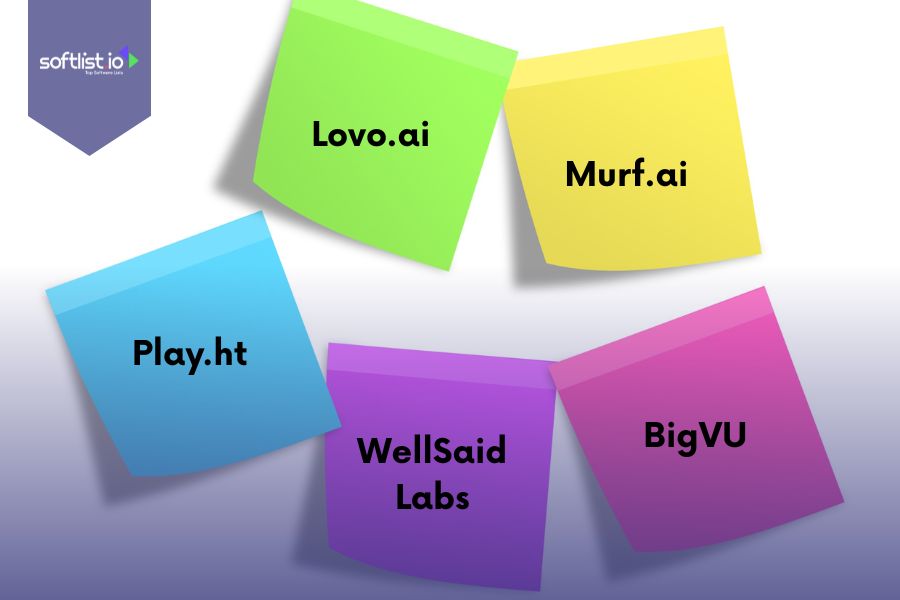
Image source: Canva
For many creators, marketers, and businesses, the loss of public access to Sonantic’s platform is disappointing. The good news is that the field of AI voice technology is more competitive than ever, with several outstanding alternatives offering high-quality, emotionally rich voice generation tools.
Top Alternatives to Sonantic AI Voice Platform
Looking for options now that Sonantic is no longer available to the public? Here are the top alternatives to the Sonantic AI voice platform for realistic and expressive AI-generated voices.
| Platform | Key Features | Ideal For | Access Model |
| Lovo.ai | Hyper-realistic voice cloning, emotional tone, easy API integration | Creators, agencies, marketers | Public SaaS platform |
| Murf.ai | Studio-quality voice overs, adjustable intonation, team collaboration | Podcasters, businesses | Subscription-based |
| Play.ht | Large voice library, supports 100+ languages, downloadable MP3s | Multilingual content creators | Pay-as-you-go & subs |
| WellSaid Labs | Premium AI voices, accurate pronunciation, voice avatars | Professional narration, eLearning | Custom/enterprise |
| BigVU Voice Generator | Video teleprompter, voiceover, script editing | Video producers, social media | Freemium |
Quick Comparison: Sonantic vs. Leading Alternatives
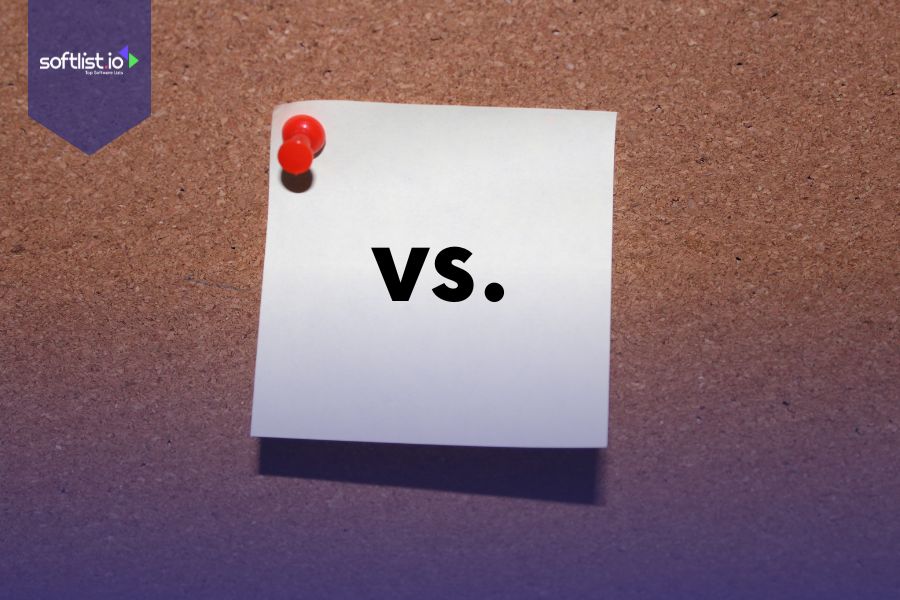
Image source: Canva
Here’s how Sonantic compares to other leading AI voice platforms, highlighting key features, access, and intended users for each solution.
| Feature | Sonantic (Pre-Spotify) | Lovo.ai | Murf.ai | Play.ht | WellSaid Labs | BigVU |
| Public Access | Yes (now no) | Yes | Yes | Yes | Yes (limited) | Yes |
| Hyper-Realistic Emotion | Yes | Yes | Yes | Moderate | Yes | Moderate |
| Custom Voice Cloning | Yes | Yes (pro plan) | Yes (pro plan) | Yes | Yes | No |
| Language Support | Limited | 40+ | 20+ | 100+ | English | English |
| Intended Users | Studios, devs, creators | Agencies, SMEs | Podcasters | Content creators | Enterprises | Video creators |
Why Is Sonantic No Longer Open to the Public?

Image source: Canva
Spotify’s acquisition of Sonantic marked a significant change in strategy, shifting from a public-facing service to an exclusive, internal asset. Here’s why this approach makes sense for Spotify:
- Competitive Advantage: By keeping Sonantic’s technology in-house, Spotify gains unique features that other streaming platforms can’t easily replicate, helping to attract and retain users.
- Unified Product Ecosystem: Integrating Sonantic AI directly into Spotify ensures seamless performance, consistent branding, and faster innovation across the entire platform.
- Focus on User Experience: Instead of licensing the technology externally, Spotify channels all research and development into its own products, ensuring that improvements directly benefit its listeners with more personalized and interactive features.
This strategic move allows Spotify to stand out in the marketplace, deliver a higher quality experience, and continually innovate for its user base.
Conclusion
Sonantic’s rise, acquisition, and integration into Spotify mark a turning point in voice technology. While independent access to the Sonantic AI voice platform has ended, its legacy lives on, transforming Spotify’s user experience and pushing the boundaries of personalized audio. For creators, businesses, and audio professionals, alternative AI voice generators like Lovo.ai, Murf.ai, Play.ht, WellSaid Labs, and BigVU continue to drive innovation and accessibility in synthetic voice technology.
Discover the best AI voice generator tools and exclusive discounts by browsing Softlist.io. Check out our 37 best AI voice generator for leading voice technology platforms and stay updated on the latest deals and promotions. Start exploring today to find the right solution for your next project.
FAQs
Are AI-Generated Voices Copyrighted?
AI-generated voices can be protected by copyright, but the specifics depend on the platform’s terms of service and the jurisdiction. Most AI voice platforms, like those mentioned as alternatives to Sonantic, provide users with commercial rights to use the generated voices, but some restrictions may apply—always review the licensing terms before using AI-generated audio for business or creative projects.
How Do I Access the AI DJ on Spotify?
Spotify’s AI DJ feature, powered by Sonantic’s technology, is available in the Spotify mobile app for Premium users in supported regions. Simply open the app, go to the “Music” or “Home” tab, and look for the “DJ” option—if eligible, you’ll see it featured as a playlist or carousel. If you don’t see it, make sure your app is updated and that you’re in a country where the AI DJ is currently rolled out.
How Much Did Spotify Pay for Sonantic?
Spotify acquired Sonantic for approximately €93 million (around $100 million USD), as reported in public financial filings and industry news sources. This strategic acquisition allowed Spotify to integrate advanced AI voice technology into its own platform and features.
Is Voice AI Going To Be Free?
While some basic voice AI features are available for free on select platforms, most advanced AI voice generators require a subscription or payment for commercial use and full functionality. Free versions typically have limitations such as watermarks, voice options, or usage caps.
Can You Use Voice AI Without Paying?
Some platforms offer free trials or limited free tiers for users to test voice AI technology. However, accessing premium features, higher-quality voices, or commercial usage rights generally requires a paid plan. For ongoing professional or commercial needs, it’s advisable to invest in a reputable paid platform.

